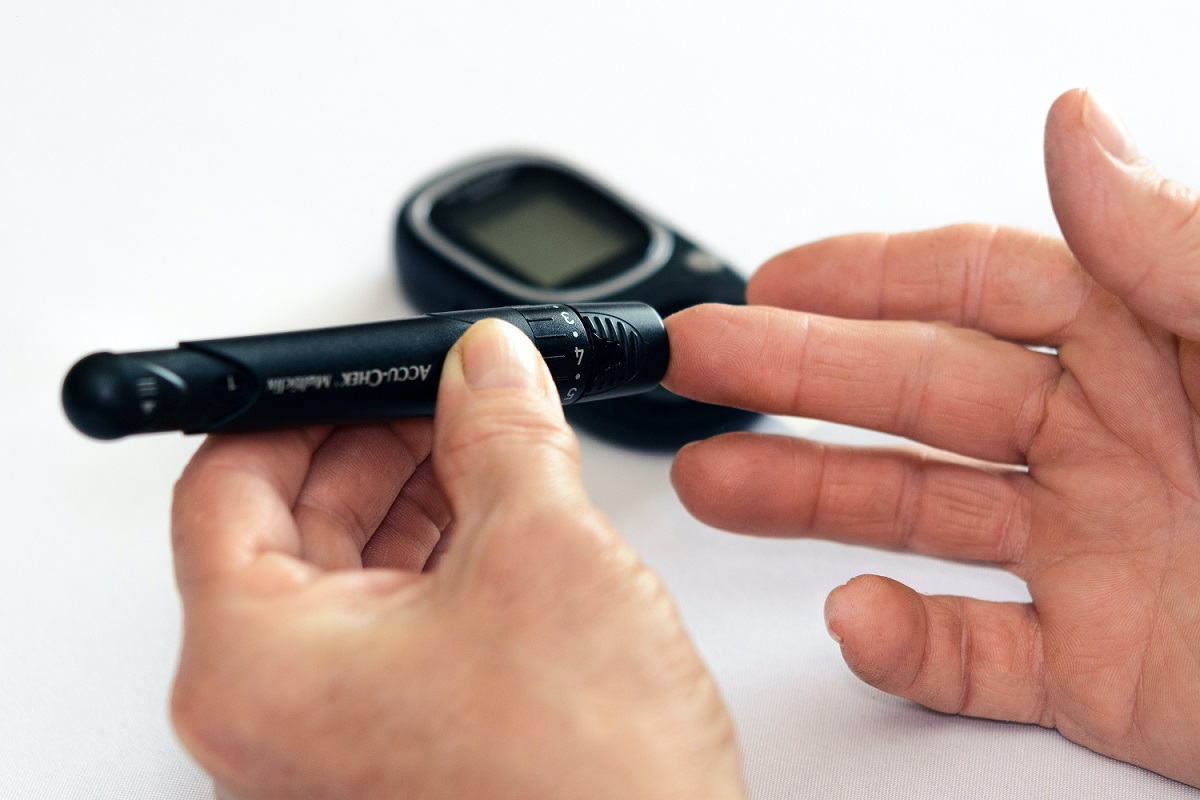
Difference Between Type 1 And Type 2 Diabetes
Most people get confused with Type 1 and Type 2 Diabetes although their names are the same, these diseases are very distinct and differ greatly. Before talking about type 1 vs type 2 diabetes. First, we need to know
What happens in Diabetes?
In Diabetes, your body doesn’t make enough insulin or can’t use it properly. When there is not enough insulin or the cell stops responding to insulin too much blood sugar stays in the bloodstream. Which results in Hyperglycemia.
Insulin Production in Type1 and Type 2 Diabetes
Type 1 diabetes is an autoimmune disorder in which antibodies attack the pancreas and destroy its ability to produce diabetes. So patients with Type 1 diabetes have to take insulin because there is no production of insulin at all.
Those with Type 2 diabetes on another hand can produce insulin but it is less effective over time. It is caused by a genetic or lifestyle disorder. If one in your family is diagnosed with type 2 diabetes then it is more chance of developing type 2 diabetes.
Lifestyle, irregular eating patterns, and less physical activity can increase a person’s chance of developing type 2 diabetes.
Age group
Type 1 diabetes referred to as Junviline diabetes it's because it occurs at an early age. It can be developed at any age but usually appears before 40 years.
Type 2 diabetes most often develops in people over the age of 45 but more and more children, teens, and young adults are developing it. It is mainly because of lifestyle, Irregular eating patterns, and Lack of physical activities.
Diagnosis
The diagnosis of either type of diabetes is done through blood testing.
The amount of sugar in the blood can be determined in several ways.
- Fasting blood sugar levels under 110 mg/dl is considered normal
- Random blood sugar levels under 140mg/dl are considered normal
- The glucose tolerance test measures the way the body responds after a sugar solution is introduced.
- A patient’s blood is tested at various intervals;l after drinking sugar solution.
- The A1c test measures the sugar in red blood cells over a three months spam.
Complications
People with Type 1 diabetes are more likely to develop Diabetic ketoacidosis. It is because in Type 1 Diabetes body doesn't have enough insulin due to which your cell can't use the sugar in your blood for energy, so they use fat for fuel to provide energy. The burning of fat makes acid called ketones...However, if proper care has not been taken then it may also result in Neuropathy, Nephropathy, and Retinopathy.
Like Type 1 diabetes Type 2 Diabetes also result in Nephropathy, Neuropathy, Retinopathy, etc. So far Diabetic patients whether it is Type 1 or Type 2 Diabetes regular monitoring of blood sugar is very important. To avoid both hypoglycemia as well as hyperglycemia.
Treatment
For Type 1 diabetes there is one treatment insulin replacement. Patients with Type 1 diabetes are unable to produce insulin and therefore they require insulin replacement for survival. Since Type 1 diabetes is an autoimmune disorder so it cannot be prevented or cured.
Type 2 diabetes can be reversed if is diagnosed at an early stage and can be treated with the help of lifestyle modification, healthy eating patterns, and oral medication.
Diet
While planning a diet for Type 1 Diabetes as well as Type 2 Diabetes certain things should be kept in consideration
- Glycemic index- High glycemic index food cause a rise in blood sugar and low glycemic index food minimizes the sudden spike in your blood sugar level. Some examples of low-index glycemic food include non-starchy vegetables, whole grains, Nuts, etc. High Glycemic index food includes potatoes.
- Carbohydrate counting- Carbohydrate counting involves the number of grams of carbohydrates present in each meal and matching it to their dose of insulin. Carbohydrate counting helps with good blood sugar control. It also helps to determine the amount of insulin to be given with meals and snacks.
- Small and frequent meals- Small and frequent meals are characterized by multiple small eating episodes throughout the day. Follow small and frequent 3+3 meal patterns. Don't skip any meal or replace minor meals with major meals of the day.
- High Fiber Diet- The American Diabetes Association (ADA) has recommended that people with diabetes eat at least 14 grams of fiber daily. For Diabetic patients, fiber is a friend it helps to reduce the sudden spike in blood sugar. So, these were the points of difference between type 1 vs type 2 diabetes.
Conclusion
Whether is Type 1 or Type 2 Diabetes Proper monitoring, Eating healthy, and Physical activity are equally important. Here at Basic Meals, we prescribe the proper diet plan and also motivate how to live a healthy lifestyle.
Follow us on Instagram to always stay updated.

